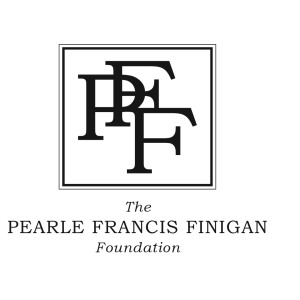Lisa Lockman
Lisa Lockman
Originally from Indiana, Lisa Lockman lives in Lincoln, Nebraska, where she has taught Ceramics, Metalsmithing, and Non-Western Art History at Nebraska Wesleyan University since 1990. She has a Master of Fine Arts degree from Indiana State University in Terre Haute, Indiana, and a Bachelor of Arts degree from Indiana University in Bloomington, Indiana.
Lisa's work has been exhibited at Baltimore Clayworks in Baltimore, Maryland, the Leedy-Voulkos gallery in Kansas City, Missouri, and Anderson O'Brien Gallery in Omaha, Nebraska. In 1996, Lisa was invited to participate in "Korea's Clay and Fire Symposium" and the “Winter Universiade '97: Ceremonial International Exhibition of Sculptors & Ceramists" in Muju-Chonju, South Korea. During the summer of 1998, she spent six weeks exploring China, Chinese ceramics, and Chinese ceramic history in a joint program sponsored by Alfred University and Jingdezhen Ceramic Institute.
Most recently, Lisa had a solo exhibition entitled Misplaced at the Kimmel Harding Nelson Center for the Arts in Nebraska City (2017). Misplaced 2 was installed at the LUX Center for the Arts in Lincoln, Nebraska during August and September 2018. The wall installation, Agatha, is currently on exhibition at Spring Hill College in Mobile, Alabama, through October 2019.
For the nearly two decades, I have created sculptural vessels loosely influenced by ancient Chinese bronze forms, specifically, the bronze vessels of the Chinese Shang (1700 - 1000BCE) and Zhou (1045 - 221BCE) dynasties. Several motifs have been adopted from those ancient bronze works, but as a basis for the form, not simply as a decoration applied to the form.
Some of the pieces are centered on the boss motif – small rounded protruding bumps used during th Shang Dynasty that grew into forbidding spikes during the warring Zhou Dynasty. However, more common are the flanged vessels inspired by an early Chinese solution to the problem of flashing, which occurred during bronze casting. As the vessels were cast into ceramic piece molds, the molten metal flowed into the joints between the mold pieces and created flat vertical projections. Instead of removing the unwanted material, ancient artists incorporated the bronze flanges into the design. Similarly, my vessels have been completely enveloped with flanges that radiate and spiral around the form, becoming less ornamental, and instead have become the basis for the form. Direction and movement are important elements in my ceramic pieces.
More recently, my interest in ancestry and new technologies in ceramics have become the major influence in my work.
Misplaced comes from testimony of my third great grandmother, Mary Ann Bennington, trying to prove her marriage to Stephen O. Lockman after his death so she could receive the widow’s pension owed her. Since she could not produce a wedding certificate, two family members testified on her behalf to having been present at the wedding ceremony. Misplaced is an excerpt from her pension file housed in the National Archives cut from wood with a laser.
Agatha is named for my eighth great grandmother, I do not know her birth name. She was found through the birth record of her son, George Bauer, who was born on February 7, 1669, in Zuttlingen, Heilbronn, Baden-Wurttemberg. Agatha is only one name of 256 grandmothers I have in that entire generation. The imagery for Agatha originated from vessel designs made in Maya modeling software intended to be 3D printed in ceramic. I positioned the three dimensional virtual object so that it was viewed from above or below which flattened the form into a two dimensional pattern. I used those patterns to create ceramic decals in three different processes: screen-printed enamel glazes, laser iron oxide decals, and laser printed decals in black glaze.








































